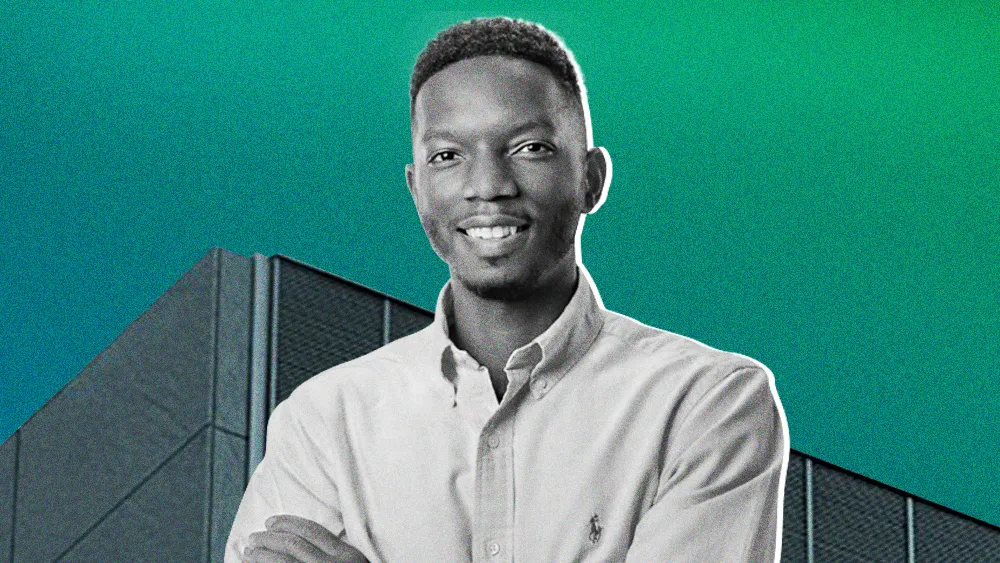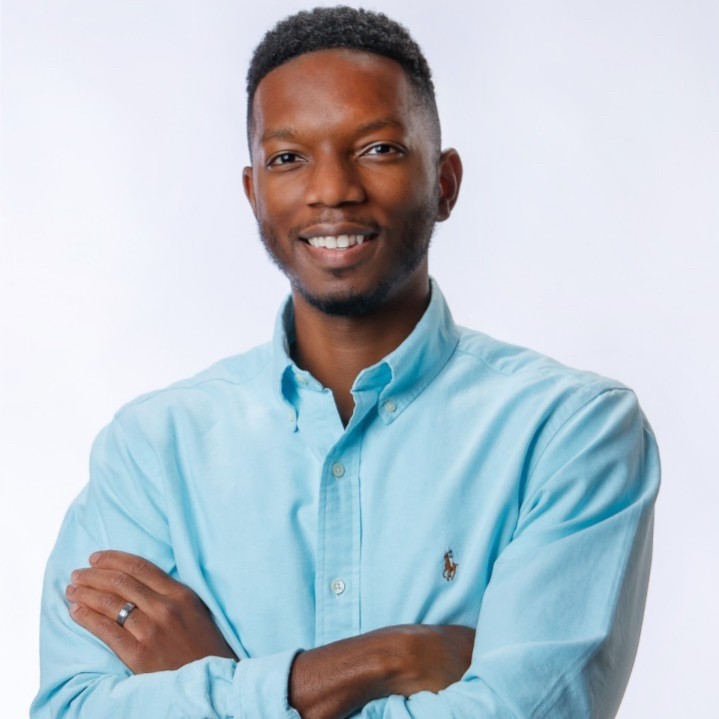
All articles
CSMs Shift From Problem Solvers to Strategic Partners as AI Takes on Admin Work
Christopher Stancil, a CSM at D2L, explains how AI acts as an "efficient partner," automating tedious tasks to free up time for deeper client engagement.

Key Points
AI is transforming the Customer Success Manager (CSM) role from administrative support to high-level strategic partnership.
Christopher Stancil, a CSM at D2L, explains how AI acts as an "efficient partner," automating tedious tasks to free up time for deeper client engagement.
Stancil argues that the human touch remains paramount, warning that using AI as a crutch for genuine connection leads to poor service and erodes trust.
AI has allowed me to partner with an LLM to take on much of the heavy lifting. It's trained on our internal workflows, my voice, and my positioning, so a process that might have taken an hour now only takes seconds. I can direct far more focus on the client when I have an efficient and precise partner handling everything else.

The hidden admin work that once weighed down every CSM is now handled by AI: faster, sharper, and more precise than any manual process. With an on-demand partner managing the back office, CSMs are freed to lean into what matters: strategy, insight, and deeper client focus. This goes far beyond efficiency to a reimagining of the role itself, with modern clients expecting their CSMs to be true strategic partners in a way they never have before.
We spoke with Christopher Stancil, a Customer Success Manager at e-learning provider D2L, who has direct, hands-on experience implementing AI-driven processes to enhance client outcomes. He sees technology forging a new type of CSM, one who is more efficient, more strategic, and more focused on the human element at the core of client relationships.
Stancil illustrated the shift with an analogy that separates the visible celebration of a strong client relationship from the unseen work required to make it possible.
AI as a precision partner: "It's like throwing a party. Everyone wants to come and eat, sing, dance, and drink, but you have to buy chairs, a tent, food, and decorations," he explained. "AI has allowed me to partner with an LLM to take on much of the heavy lifting. It's trained on our internal workflows, my voice, and my positioning, so a process that might have taken an hour now only takes seconds. I can direct far more focus on the client when I have an efficient and precise partner handling everything else."
The rise of AI has made the human touch more critical, not less. The danger, he warned, lies in letting technology disrupt the very human interactions—like strategic check-ins and on-site visits—where real value is created.
Technology as a tool, not a crutch: "The human touch always comes first. That's never going away," Stancil said. "You gather relationship and client insight through monthly cadences and on-site visits. Those are things AI cannot do—connect with people. If you use technology as a crutch to replace that, customer success and service break down."
This philosophy directly addressed the growing ambiguity around accountability. When a process fails, customers don't blame an algorithm; they blame the person they have a relationship with. Stancil was adamant that responsibility remains firmly with the human in the role, not just to fix problems, but to prevent them.
Where the buck stops: "As a CSM, they know who you are, they know your role, and they know you are their single point of contact. Our goal is to promote the value of these technologies and ensure they align with client goals and are adopted in the way clients want." He emphasized that trust is earned through the CSM’s judgment and presence, not through the tools they use.
With AI becoming more powerful and integrated, the burden shifts from simply using the tools to mastering them. The future of customer success, Stancil argued, depends on a CSM’s commitment to evolving their skills in tandem with the technology. Having access to advanced tools is meaningless without the expertise to wield them effectively.
The best car, the worst driver: "You can have the best car in the world and still be the worst driver," Stancil noted. "For us as CSMs, it is about constant upskilling. It means digging into data, analyzing adoption, demonstrating value, and packaging insights for the right stakeholders to ensure they align with strategic goals."
Ultimately, Stancil sees AI as an enabler of professional and personal growth. The goal isn't to offload work, but to create the capacity for deeper, more meaningful engagement. It’s a tool that allows him to fulfill his core mission more effectively.
"My goal is to keep becoming a better version of myself," he reflected. "That means learning more about my clients and building stronger relationships by focusing on their needs, the factors shaping how they operate, the conditions around their businesses, and the people who run them. As AI improves and creates efficiencies, it gives me more space to grow as a professional every day. It should never replace what I do or become a crutch, but enhance my work so I can be a better CSM for my clients."





